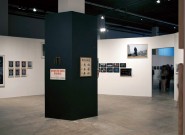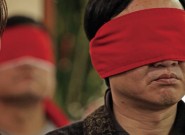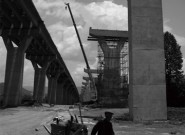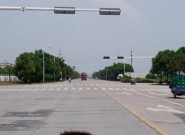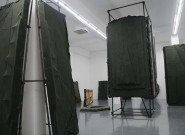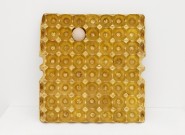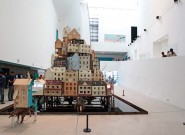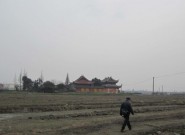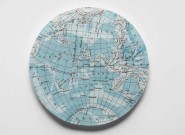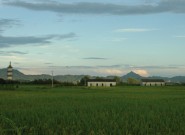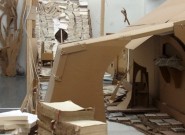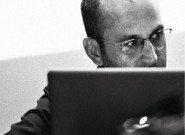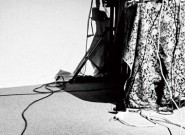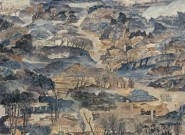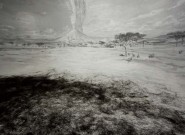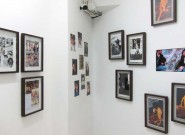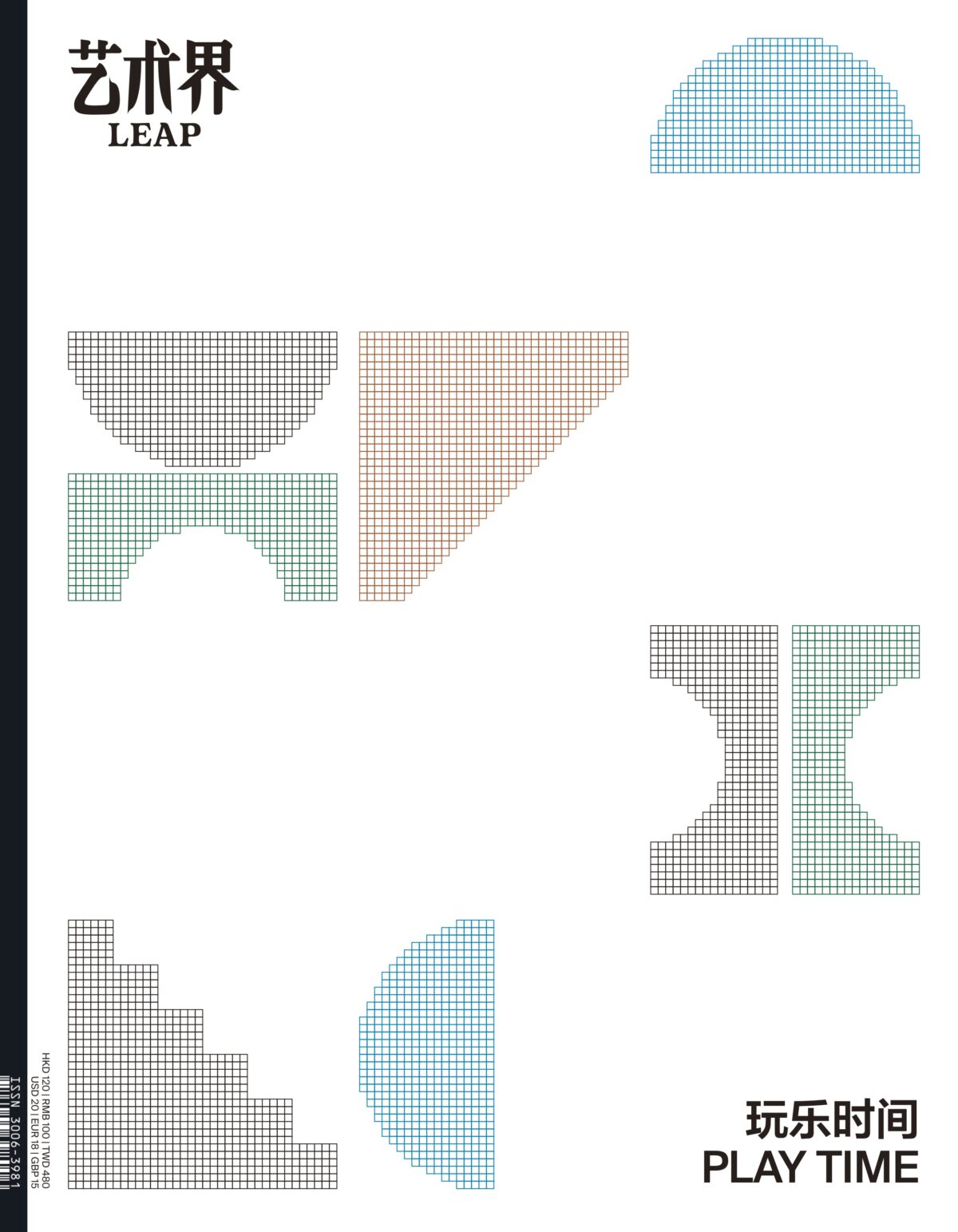Here, we cull from art history three examples of artist interaction with the museum. In the mid to late 1980s, three works by Huang Yong ping and Xiamen Dada adopted a destructive attitude to directly challenge the establishment, burning artworks and even planning to “tow” away a museum. after the turn of the century, artist…
Read MoreMedia attention to this year’s Gwangju Biennale has for the most part been directed at its curatorial team, made up of six female curators from Mumbai, Qatar, Tokyo, Seoul, Beijing, and Jakarta respectively. The cities and countries in which these curators live and work roughly cover the most active economic regions, as well as the…
Read MoreIN THE INTERNATIONAL context, the art museum is usually an academic institution of collection, centered on twentieth-century art historical research and open to the public. If the art museum did not establish this basic objective in its work, it would not be able to provide the scholars and students of the world with such a…
Read MoreThe 2012 Taipei Biennial, “Modern Monsters/Death and Life of Fiction,” is the latest large-scale international art exhibition making a re-examination of modernity. Its mouthful of a title— especially in Chinese— originates from Taiwanese-American scholar David Der-Wei Wang’s book, The Monster That is History. In it, Wang explores the profound relationship between historical violence and literary…
Read MoreBREEDING ZOOS OF PEOPLE AN INEVITABLE COMBINATION of charm and disenchantment coexists in virtually every culturally-implicated entity. The museums that rose to prominence in late-twentieth century China are no exception. People are always trying to provide unequivocal definitions of what a museum is. But as carefully constructed cultural destinations, museums serve not merely to assert…
Read MoreIn addition to its ostensible severity and clamor, the fine art museum contains within its depths an invisible void. This void is a place for silence and contemplation; it is not the museum’s most spectacular aspect. MAKING THE MUSEUM While preparing this issue’s cover story for LEAP, I happened to be in Istanbul for the…
Read MoreThis is a real back garden, a place of exile, a place to seek refuge, a place for the recluse. Here is a living, breathing specimen of history and nature— on this piece of land, a complex mixture of past and present, a Naxi Village where a movement in words and language is now taking…
Read MoreThe process of urbanization and the expansion of cities have created economic and physical spaces where urban and rural characteristics mingle together. Various land uses and administrative systems come together at what is known as the urban-rural fringe. In fact, we (the Urban Rural Fringe Group) are not concerned with the aesthetic, political, and everyday…
Read MoreSince giving up the expressionist flairs of academic painting 15 years ago, Liu Wei’s art has evolved. Regardless of subject matter or theme, the mediums used in his work, or the topic he chooses— whether the alienation of individuals or the empathetic identification with others— his art expresses the suppression of individualism and the emergence…
Read MoreCompared to his “Cola Project” and “Man on the Chairs,” He Xiangyu’s newest solo exhibition presents the persona of a big kid born in 1986: one who loves collecting objets d’art but does not feel obligated toward historical cultural heritage; one who is not a bit serious but rather carefree; and one who shows aptitude…
Read MoreAfter the success of “Super-Organism,” the Central Academy of Fine Arts Museum (CAFAM) organized “Sub-Phenomena—Report on the State of Chinese Young Art.” Mounting such an exhibition at this time reflects the awareness of the curators in the face of changes and trends in the current context of the art industry. Considering recent actions and discussions…
Read More“Kunshan—Under Construction,” an intervention-style research project marrying art and society, began in 2010. The project observes and investigates China’s New Countryside program of rural construction. The specific locale of the project is Kunshan New Village in Chengdu’s Shuangliu county.1 The multidimensional, integrated art intervention project has included field research, on-site creative projects, short-term themed workshops,…
Read MoreIt was on Saturday, August 25 that I set out to see the 18th Biennale of Sydney, “All Our Relations.” Coincidentally the day was to be shared with the passing of the first man to walk on the moon, Neil Armstrong. Though obviously unrelated, the fact remained present in my mind as I traversed the…
Read MoreAs a rural reconstruction project, the “Bishan Project” has major problems accessing funding. As can be seen from our current resources, going through art projects seems to be the best way to alleviate this problem. I curated the 2011 Chengdu Biennale, and so the Bishan Harvestival joined as part of it, and this way I…
Read MoreMy hometown is near Putian, Fujian. The village is a little bit like an island: past the Mulanxi river, in the hills, surrounded by mountains. Because the village is in the foothills, there are no fields for farming. It is over 30 kilometers from the sea, so fishing isn’t convenient either. The villagers live off…
Read MoreBorn in France in 1974, the sound artist Yannick Dauby initially began his research and creative work in music, which have substantially expanded into improvisation, electro-acoustic composition, and ethnomusicology. He continues to engage with natural, urban, and industrial environments in an on-going series of sound recordings that find their way into his music arrangements, CD…
Read MoreDino is the stage name of Liao Ming-He, born in Taipei in 1976. He was active in the rock and roll scene by the time he was in middle school, and played bass for the band The Clippers in his later youth. He is also considered a pioneer in his use of primal analog electronics…
Read MoreIn the ink wash paintings of the American immigrant Yun-Fei Ji, the equivalent of nostalgia appears as the reflection and examination that follows the rejection of modernity, not as an aesthetic decision based on questions of cultural identity. His works bear the marks of his generation, as well as a critique of reality. Together, the…
Read MoreIf the title “Interweaving” is intended to convey a state of intermingling, then that is approximately the feeling that Li Qing’s solo exhibition ultimately gives the viewer: an encounter with intricate and gentle obscurities. At the very least, I am not able to use clear or precise words to summarize my sensations and feelings. To…
Read MoreNew York is one of those places that are meant for the birth of legendary art moments. “Taiping Tianguo” exhibits the artistic creations— all produced in New York in the 1980s— of four Chinese artists of different backgrounds. The show takes its name from the title of one of artist Martin Wong’s paintings (itself based…
Read More

